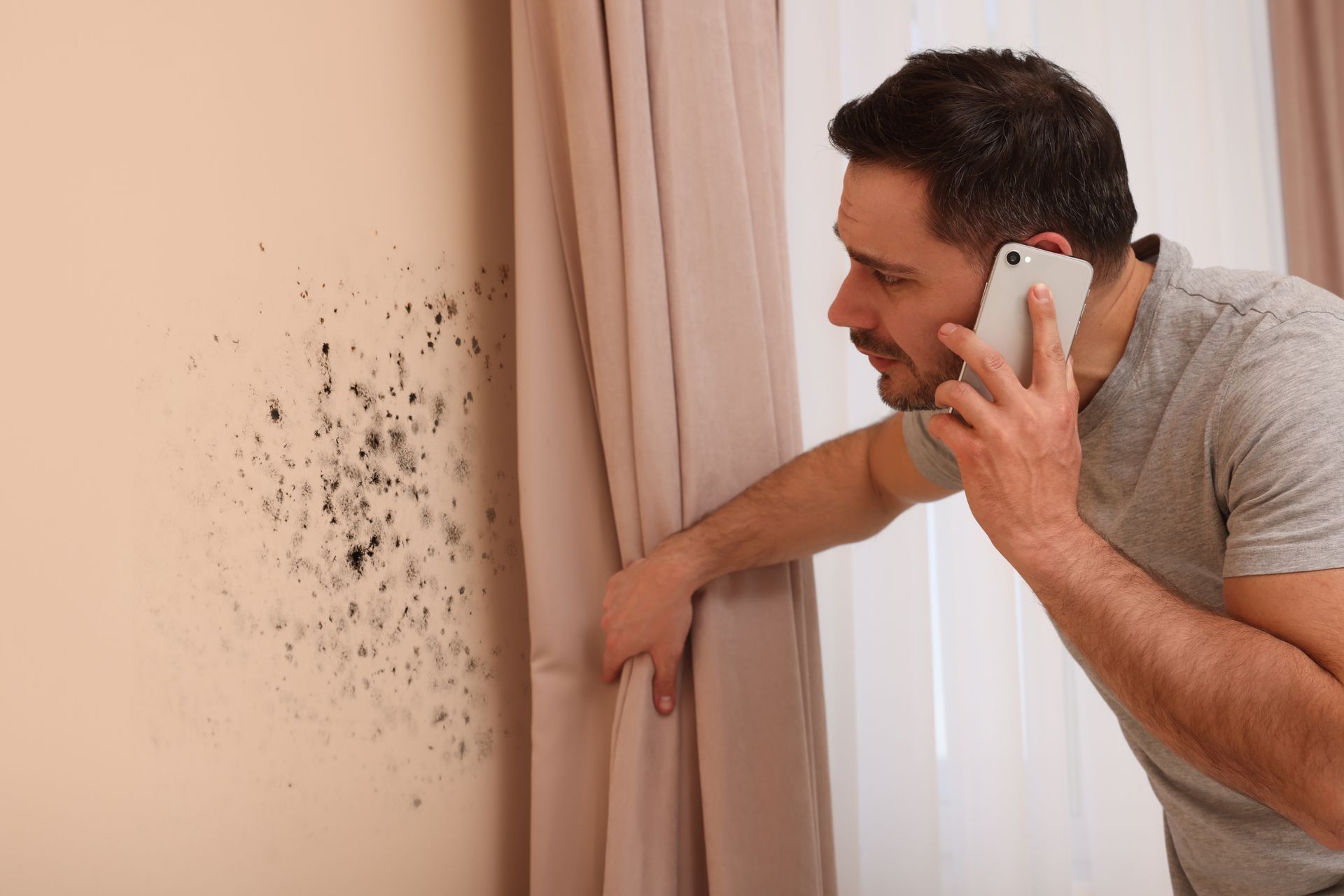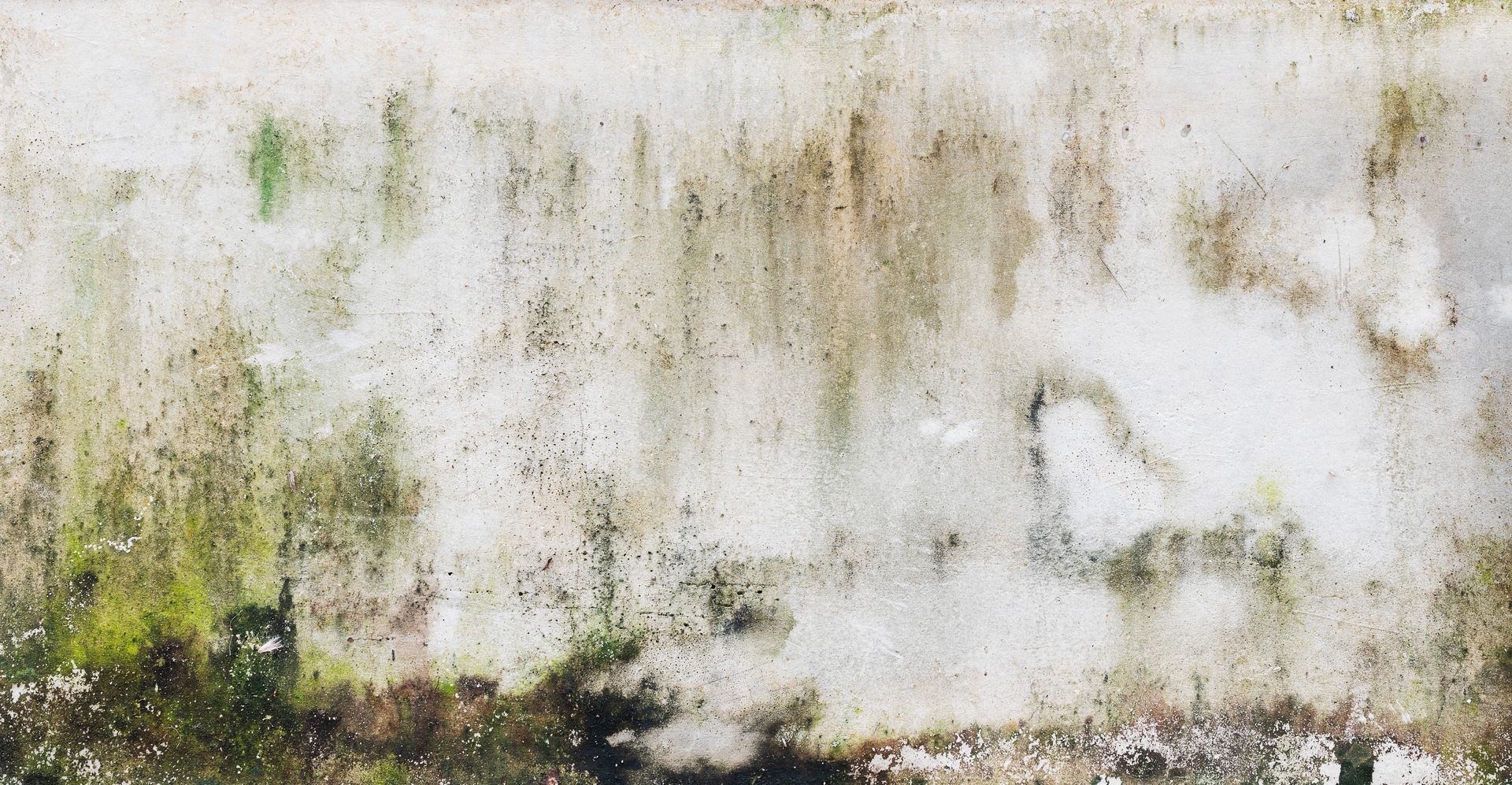Need Help? Talk to an Expert
How to Prevent Mold Growth in Your Home
Expert Tips from Peek Mold Control
Introduction: Mold is more than just an unsightly problem; it can pose serious health risks and damage your home’s structure. The good news is that mold growth is preventable with the right strategies. In this article, we’ll explore expert tips from Peek Mold Control on how to prevent mold growth in your home, ensuring a healthier living environment for you and your family.
1. Control Humidity Levels
Humidity is one of the primary factors that contribute to mold growth. Mold thrives in environments with high moisture levels, typically above 60% relative humidity. To keep humidity under control, consider the following tips:
- Use Dehumidifiers: In areas prone to high humidity, such as basements and bathrooms, using a dehumidifier can help keep moisture levels in check. Make sure to regularly empty and clean the dehumidifier to prevent mold from growing inside it.
- Ventilate Properly: Proper ventilation is crucial in reducing humidity. Ensure that your home is well-ventilated, especially in moisture-prone areas. Use exhaust fans in bathrooms, kitchens, and laundry rooms to remove excess moisture from the air.
- Air Conditioning: Air conditioners can help reduce indoor humidity levels by cooling the air and removing moisture. Keep your air conditioning system well-maintained to ensure it’s functioning effectively.
- Monitor Humidity: Invest in a hygrometer to monitor the humidity levels in your home. This will allow you to take action if levels start to rise above the recommended range.
2. Fix Leaks Promptly
Leaks, whether from plumbing, roofs, or windows, can create a breeding ground for mold. Water from leaks can seep into walls, floors, and ceilings, leading to hidden mold growth. To prevent this, it’s important to:
- Regularly Inspect for Leaks: Check areas prone to leaks, such as under sinks, around windows, and in the attic, for any signs of moisture or water damage. Don’t forget to inspect the exterior of your home, including gutters and downspouts, which can also cause leaks if not properly maintained.
- Repair Leaks Immediately: If you discover a leak, repair it as soon as possible. Even small leaks can lead to significant mold growth if left unchecked. For more complex repairs, consider hiring a professional to ensure the job is done correctly.
- Replace Damaged Materials: If water damage has already occurred, it’s important to replace any damaged materials, such as drywall or insulation, to prevent mold from taking hold.
3. Ensure Proper Ventilation
Proper ventilation is key to preventing moisture buildup in your home, which can lead to mold growth. Here’s how to ensure your home is adequately ventilated:
- Use Exhaust Fans: Install exhaust fans in high-moisture areas like bathrooms, kitchens, and laundry rooms. Make sure to use these fans regularly, especially during and after activities that produce steam, such as showering or cooking.
- Open Windows: Whenever possible, open windows to allow fresh air to circulate through your home. This is particularly important in rooms that tend to trap moisture, like bathrooms and basements.
- Dry Wet Areas Quickly: If water spills or leaks occur, dry the area as quickly as possible. Use fans or open windows to help speed up the drying process.
- Maintain HVAC Systems: Regularly maintain your HVAC system to ensure it’s circulating air properly and reducing moisture levels. Consider adding an air purifier with a HEPA filter to help remove mold spores from the air.
4. Use Mold-Resistant Products
When building or renovating your home, consider using mold-resistant products to reduce the risk of mold growth. These products can be especially useful in moisture-prone areas like bathrooms, kitchens, and basements:
- Mold-Resistant Drywall: Unlike traditional drywall, mold-resistant drywall is designed to prevent moisture absorption, making it less susceptible to mold growth.
- Mold-Resistant Paint: Apply mold-resistant paint in areas prone to moisture, such as bathrooms and basements. These paints contain antimicrobial agents that help prevent mold from growing on the painted surface.
- Moisture-Resistant Insulation: Use moisture-resistant insulation in areas where condensation or leaks are more likely to occur. This type of insulation helps prevent mold from forming within walls and ceilings.
5. Manage Outdoor Drainage
Poor outdoor drainage can lead to water seeping into your home’s foundation, creating the ideal conditions for mold growth. To prevent this, make sure your home’s drainage system is working effectively:
- Clean Gutters and Downspouts: Regularly clean gutters and downspouts to ensure they’re directing water away from your home. Clogged gutters can cause water to overflow and pool around your foundation, leading to potential leaks and mold issues.
- Grade the Landscape: Ensure that the land around your home slopes away from the foundation. This will help prevent water from pooling near your home and reduce the risk of moisture seeping into the basement or crawl space.
- Install a French Drain: If your property has drainage issues, consider installing a French drain to divert water away from your home’s foundation. This can be especially helpful in areas with heavy rainfall or poor soil drainage.
6. Monitor and Address Condensation
Condensation occurs when warm, moist air comes into contact with a cold surface, leading to water droplets forming. If not addressed, condensation can lead to mold growth in various areas of your home:
- Insulate Windows and Pipes: Insulate windows, pipes, and other cold surfaces to prevent condensation. Window insulation kits are a simple and cost-effective way to reduce condensation on windows.
- Use a Dehumidifier: In areas where condensation is common, such as basements or bathrooms, a dehumidifier can help reduce moisture levels and prevent mold growth.
- Wipe Down Surfaces: Regularly wipe down surfaces where condensation tends to form, such as windows and bathroom mirrors, to prevent moisture from accumulating.
7. Clean and Maintain Your Home Regularly
Regular cleaning and maintenance are crucial for preventing mold growth. By keeping your home clean and well-maintained, you can reduce the likelihood of mold spores finding a place to thrive:
- Clean Surfaces Regularly: Regularly clean surfaces in moisture-prone areas, such as bathrooms and kitchens, using mold-killing products like bleach or vinegar. Pay special attention to grout, tiles, and other areas where mold is likely to grow.
- Check for Mold in Hidden Areas: Mold can often grow in hidden areas, such as behind furniture, under carpets, or in closets. Periodically check these areas for signs of mold and address any issues promptly.
- Change HVAC Filters: Regularly change the filters in your HVAC system to prevent mold spores from circulating throughout your home. Use high-efficiency particulate air (HEPA) filters to capture mold spores effectively.
8. Address Mold Issues Immediately
If you discover mold in your home, it’s important to address the issue immediately to prevent it from spreading:
- Small Mold Patches: For small patches of mold, you can clean the area yourself using mold-killing solutions. However, be sure to wear protective gear, such as gloves and a mask, to avoid exposure to mold spores.
- Larger Mold Infestations: For larger mold infestations, it’s best to call in professionals like Peek Mold Control. Professional mold remediation ensures that the mold is thoroughly removed and that the underlying cause of the mold is addressed.
Conclusion:
Preventing mold growth in your home requires a proactive approach to managing moisture and maintaining a clean environment. By following these expert tips from Peek Mold Control, you can reduce the risk of mold in your home and protect your family’s health. However, if you do encounter a mold problem that’s beyond your control, don’t hesitate to contact Peek Mold Control for professional inspection and remediation services. With their expertise, you can ensure that your home remains mold-free and safe for years to come.
You might also like


Book a Service Today
We will get back to you as soon as possible
Please try again later
For expert mold and water damage solutions, reach out to Peek Mold Control. We’re here to ensure your property stays safe and healthy.



